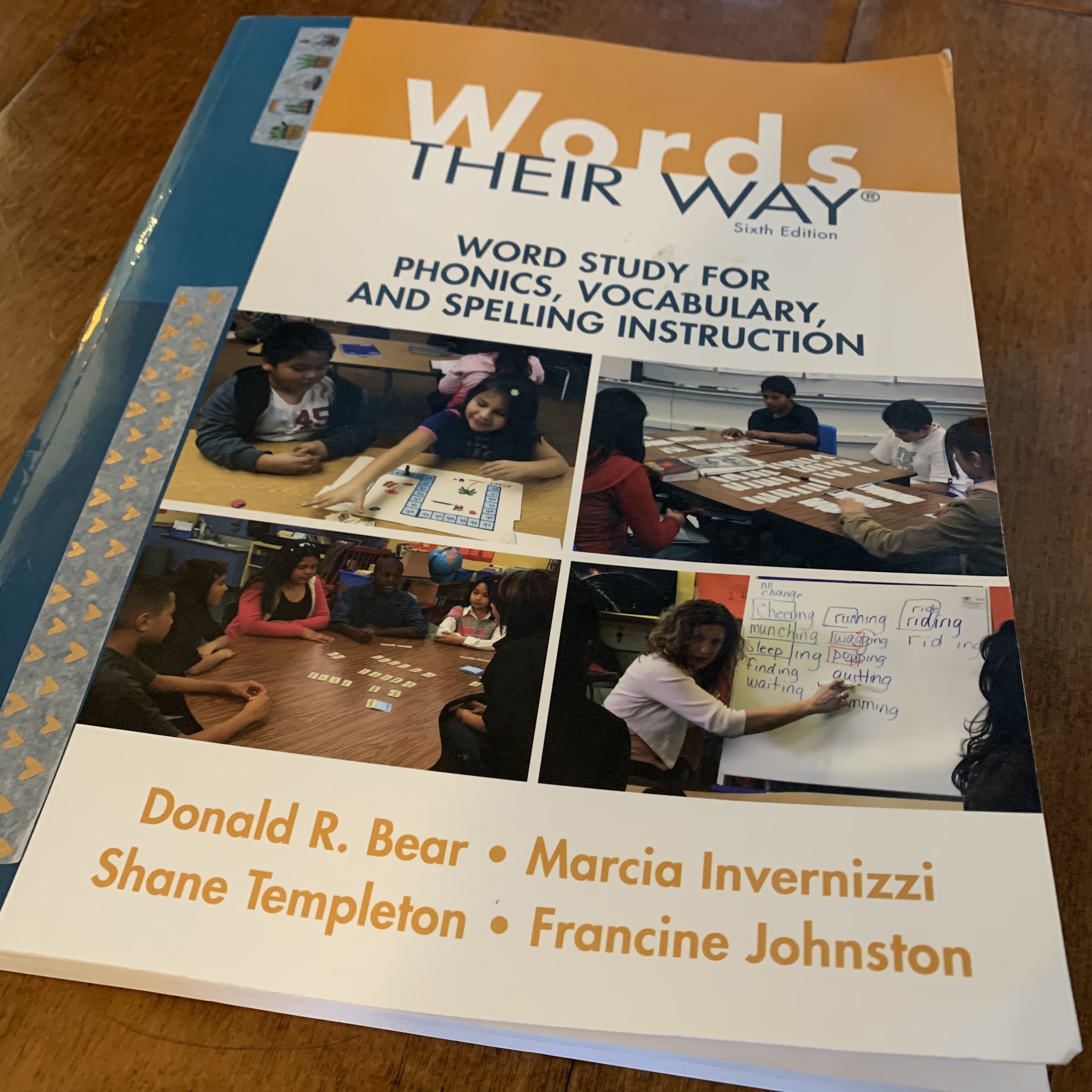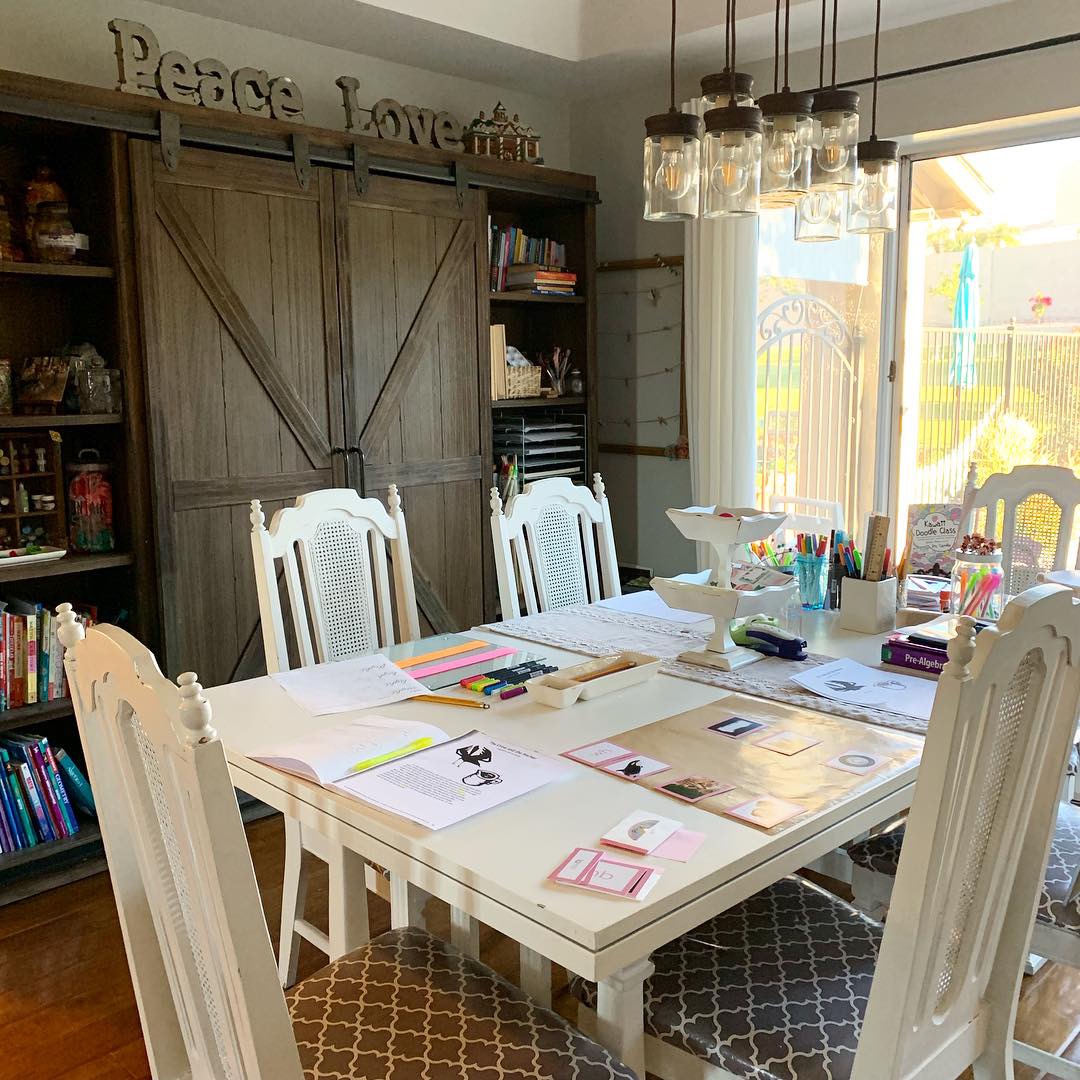Learning to read often occurs around the age of six and continues to develop through childhood and into adolescence. Some young children learn to read before they are six-years-old and some children learn closer to eight-years-old. Learning to read is a lot like learning to walk, some children are early walkers and some walk closer to the two year mark. The important part of developing a new skill is to be given the opportunity to develop that skill.

A component of learning to read is word study or phonics. Children, whether they are early readers or need extra reading support, benefit from studying the phonetic elements of the English language. The Waseca Reading Program is a Montessori Method based program that follows a systematic and sequential presentation of phonetic sounds. As a former Kindergarten and primary teacher, I appreciate having access to a program that builds skills sequentially and offers a multi-sensory approach to learning to read.

The word study component of a reading program begins after children have worked with individual letter sounds, some blends, and have developed phonemic awareness. Phonemic awareness is the ability to hear, identify, and use individual sounds in words. When I work with an individual child in my home, I assess their phonetic level with a quick informal assessment. The assessment helps me identify the phonics patterns they need to work on. Using a phonics program form the start with all children is not effective because children have varying levels of letter and word knowledge. In a primary classroom, there will be advanced readers who do not need to practice simple CVC words, like cat, and would learn more by studying complex words like, daytime and envelope.

Once children are reading on grade-level, the Waseca Reading Program can be used as a spelling program. I created the word study work above for a second grader who is reading on grade level and is working to develop his writing and spelling. In this case, the child can read words with the phonetics pattern ‘ai”, ‘ay’ and ‘ei’ easily but has difficulty spelling these words correctly during independent writing. A spelling word sort helps children organize, compare, contrast and analyze what they notice about words. In this case, the child sorts words based on vowel sounds and vowel patterns.

I also use activities and lessons from Words Their Way and Word Matters to help plan individual literacy work for the children I work with. Words Their Way offers a resource guide for parents, tutors and school volunteers. “Words Their Way® for Parents, Tutors, and School Volunteers is designed to provide friendly instruction in phonics, spelling, reading, writing, and vocabulary development.” (2019) It would be a great resource for anyone wanting to help their child become better readers.


Published by